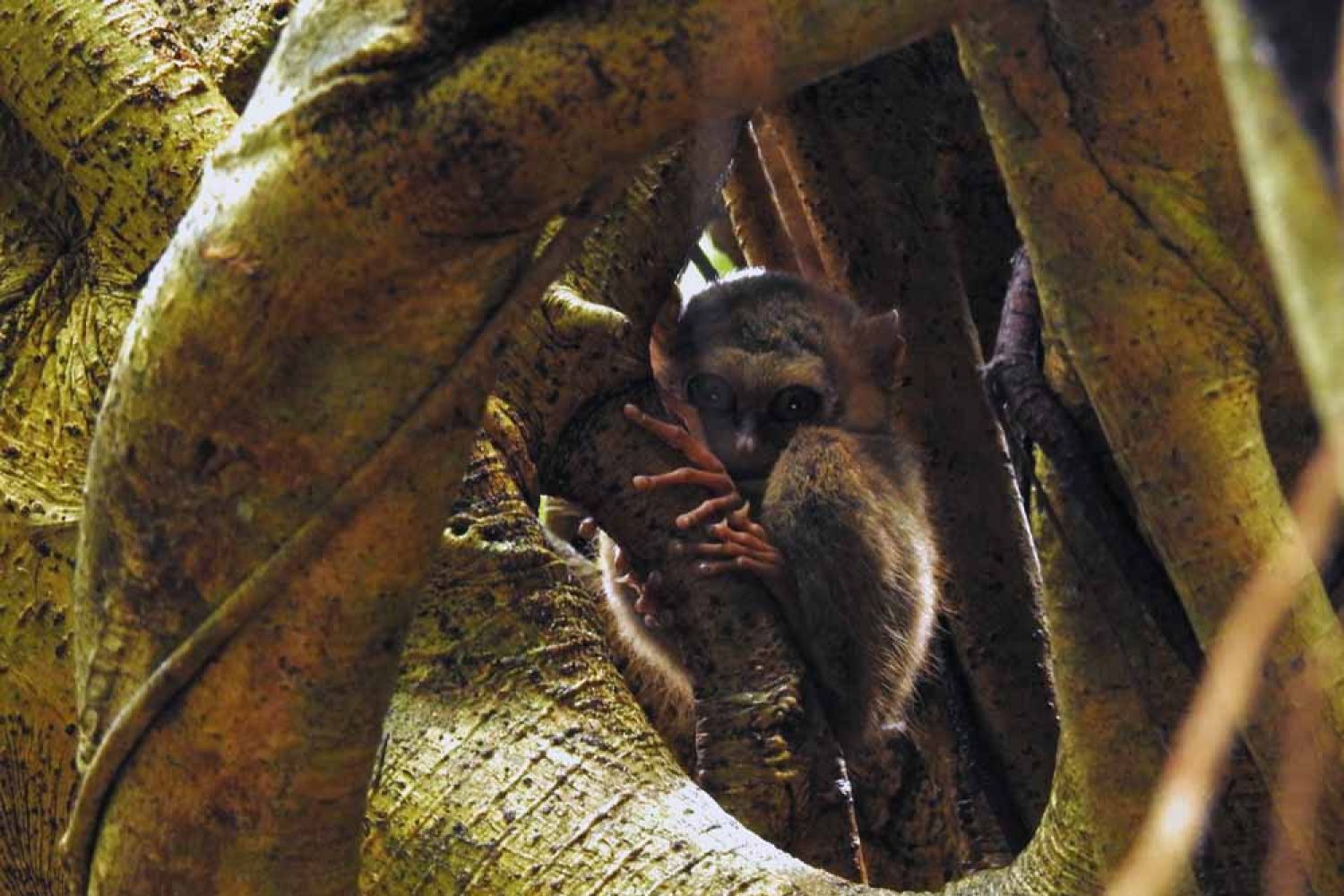
On the far tip of the Minahasa Peninsula—the finger of land
that protrudes north from the Indonesian island of Sulawesi and curves east
into the Celebes Sea—rises the 1,110-metre tall volcanic cone of Tangkoko
alongside the higher twin peak of Duasaudara, the two brothers. From the edge
of the coarse black sand beach to the cloud-covered peaks, dense tropical
forest covers these volcanic slopes to form the Tangkoko Batuangas Nature
Reserve in the province of Sulawesi Utara, about 60 km
Continue reading “Of tarsiers, tourists and trees”
Read this story with a subscription.





